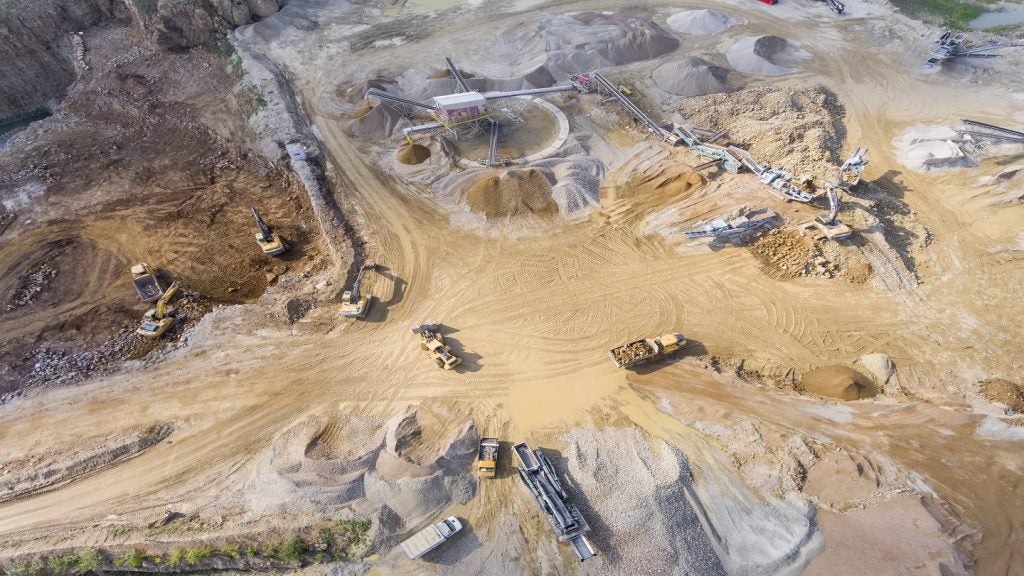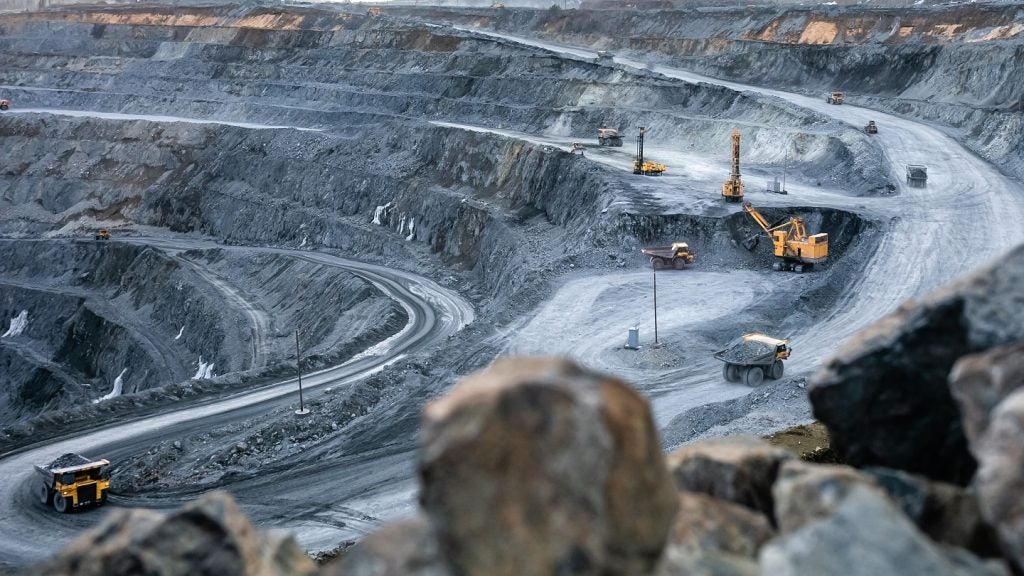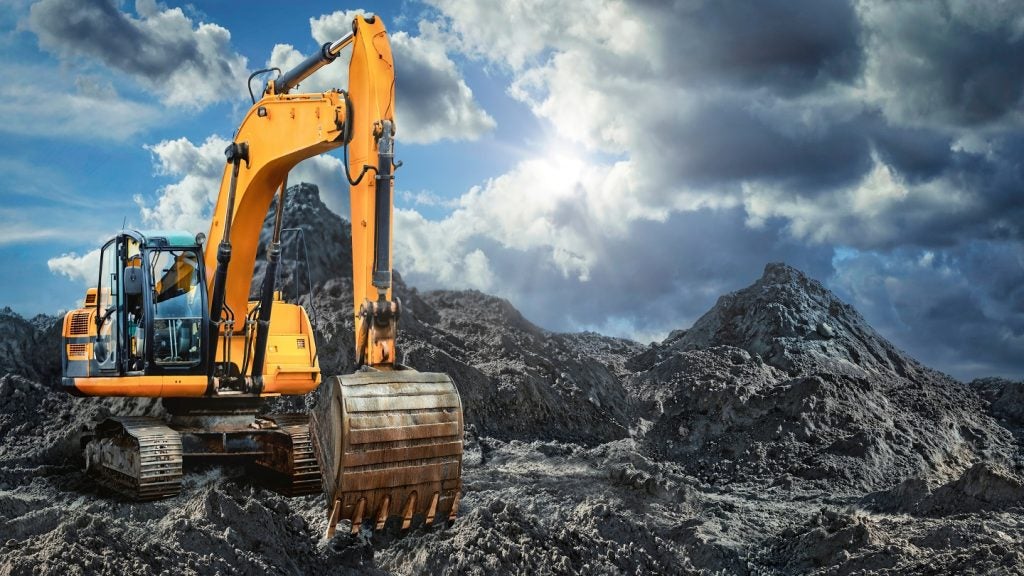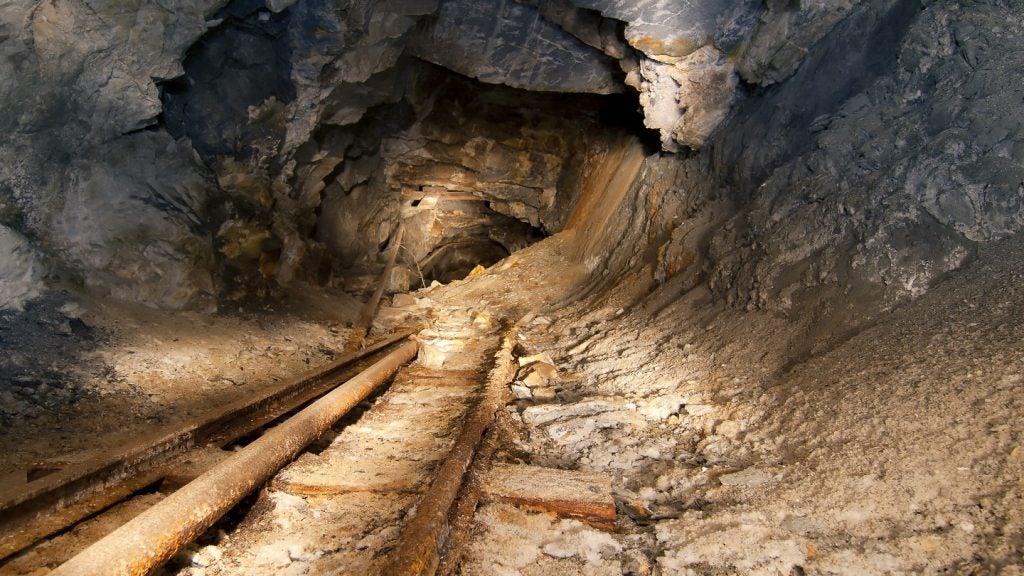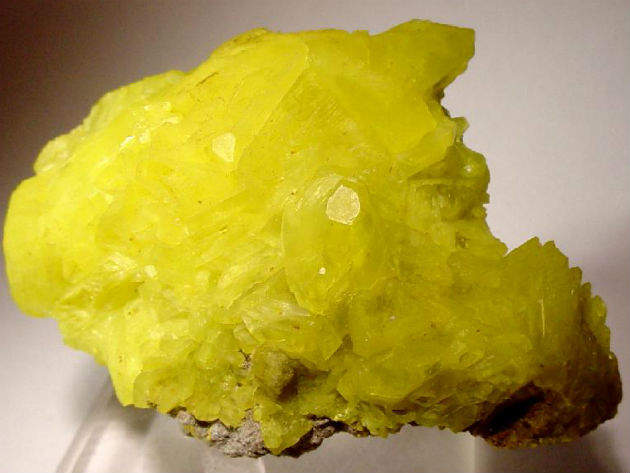

The impact of mining on the environment is often measured by the acute loss of biological diversity. However, new research indicates that rapid mineral diversification is also a major footprint of the sector.
For the first time, researchers in America have identified a group of 208 mineral species, representing almost 4% of the circa 5,200 minerals officially recognised by the International Mineralogical Association (IMA), that originated either principally or exclusively due to human activities, mostly large-scale mining.
Most of these were spawned in ore dumps, through the weathering of slag, in tunnel walls, in mine waste water or timbers, or through mine fires.
“In a way, you can say that human activity has increased mineralogical diversity and that contrasts with its impact on biological diversity, which has not been very good,” says Edward Grew, co-author of the report and research professor of the School of Earth and Climate Sciences at the University of Maine.
According to Grew and his fellow researchers, including lead-author Robert Hazen from the Carnegie Institution for Science, human industry and ingenuity has done more to diversify and distribute minerals on Earth than any development since the rise of oxygen over 2.2 billion years ago.
How well do you really know your competitors?
Access the most comprehensive Company Profiles on the market, powered by GlobalData. Save hours of research. Gain competitive edge.

Thank you!
Your download email will arrive shortly
Not ready to buy yet? Download a free sample
We are confident about the unique quality of our Company Profiles. However, we want you to make the most beneficial decision for your business, so we offer a free sample that you can download by submitting the below form
By GlobalDataFor example, it took more than two billion years for combinations of elements to meet naturally on Earth at a specific location, depth and temperature, to form into the 5,200+ minerals officially recognised today. In contrast, the human-mediated minerals were formed mostly since the mid-1700s.
For a sense of scale, 250 years relative to two billion years is the difference between the blink of an eye (one third of a second) and one month, say the researchers.
They also expect diversification to continue to be formed at this relatively blazing pace with hundreds of unrecognised 'minerals' likely to be found in old mines, smelters, abandoned buildings, and other sites.
Those already identified were mostly found in abandoned mines, so it’s possible that even more could be found in more modern mines.
Grew suggests that miners could even help the scientific community by taking specimens from mine tunnels or by just being ‘more accommodating’ to researchers.
Mining turns up scientific curiosities
A mineral species is defined as a naturally occurring crystalline compound that has a unique combination chemical composition and crystal structure. To qualify as a new mineral by the IMA the compound cannot be human engineered, such as synthetic diamonds.
Grew and the other researchers categorise the formation of human-mediated minerals in three ways: minerals formed either deliberately or as an unintentional by product; by large-scale movement of rocks, sediments, and minerals; or by global redistribution of highly valued natural minerals.
“Human-mediated minerals often sit in the grey area between true minerals, which are completely naturally formed, and mineral-like substances that are synthesised,” says Grew.
“If you find a mineral, for example, in the wall of a mine you can view the mine as a disturbance; there is groundwater percolating through the soil and underlying rock and when you open up a tunnel you expose rock to the atmosphere; you change the environment.”
When the environment changes different minerals are formed. Those created by mining can be viewed as uncontrolled or an unintentional experiment, says Grew.
About 100 new minerals are discovered and approved each year, according to Professor Frances Wall from the University of Exeter.
“Most of these new minerals are scientific curiosities – but they can have structures new to science that turn out to have useful properties, or may be important ore minerals,” she adds, “Jadarite – a mineral in an ore deposit owned by Rio Tinto is an examples of this.”
Jadarite, which contains boron and lithium, was discovered in November 2006, in drill core from the Jadar Valley in Serbia, from which it is named.
However, most new minerals discovered are only found at very few localities and in limited amounts. Grew says none have economic applications but often due to their beauty they are popular among mineral collectors, who will pay for them handsomely.
Of the human-mediated minerals identified, 29 contain carbon. The Deep Carbon Observatory (DCO) wants to encourage people to search for carbon minerals such as these because the element plays an important role in the history of the earth and evolution, not just in biological terms but also mineralogical.
Carbon takes on distinctive forms under very high pressure and temperatures, and the DCO is keen to study fragments of carbon found deep below the earth’s crust as the properties could point to the processes going on underground and perhaps even reveal new elements. It is also relatively abundant so has a lot of potential for different minerals to form.
As many as 29 carbon minerals originated via human activities, of which 14 have no recorded natural occurrences; therefore researchers say it’s fair to consider them the youngest carbon mineral species. Among these are a dozen minerals related to uranium mines.
The mineral andersonite, for example, is found in the tunnels of certain abandoned uranium mines in the America’s south-west. At places along the tunnel walls, sandstone becomes saturated with water which contains elements that form an attractive crust of yellow, orange and green crystals. A good sample of andersonite will fetch up to $500 from a collector.
A new geological era?
Grew and his colleagues’ work bolsters the scientific argument to officially designate a new geological time interval distinguished by the pervasive impact of human activities: the Anthropocene Epoch.
“The human impact on the environment is so great that some people feel that it will show up in the geologic record,” explains Grew.
“The Anthropocene Epoch is recognising this impact and trying to figure out what it is exactly and how it will look in the geologic record.”
Before this definition can be accepted it needs to be approved by The International Commission on Stratigraphy. Although the era is considered to be ongoing, a start date needs to be decided. One of the most popular suggestions is the radioactive fallout from the first atomic weapons.
As humanity’s impact on the earth continues, largely through mining, should society be concerned by the rapid diversification of minerals caused by mining?
“Oh yes,” says Grew. “I don’t think minerals forming in a mine wall is a concern but mine waste is a big concern; pollution, contamination of groundwater from mining, those are big issues and we should be concerned.”
While miners should always try to mitigate the impacts of mining where possible, can its inevitable footprint ever be reversed?
“It is very difficult,” says Grew, “But, of course, in 300-400 years it could be completely returned to a natural state.”



